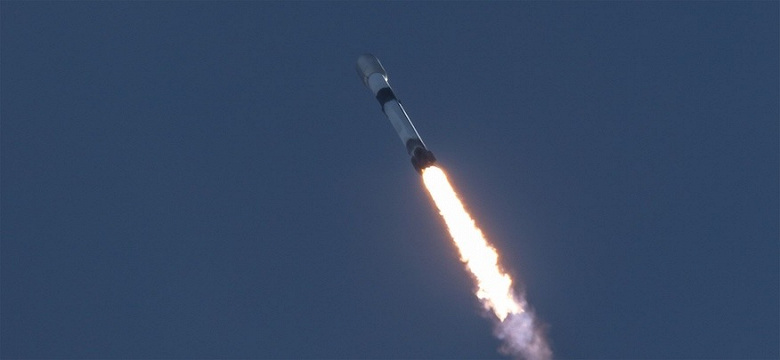SpaceX has successfully launched another batch of Starlink satellites via the Falcon 9 rocket from the Vandenberg Space Force Base in California, bringing the total number of satellites sent into orbit in 2025 to an impressive 2600. This latest mission, Starlink 11-14, took off from the SLC-4E launch pad, following a standard south-eastern trajectory along the California coast to insert the satellites into their designated low Earth orbits with specific inclinations.
The first stage of the Falcon 9 rocket, identified as B1093, was used for this launch, marking its eighth flight. It had previously been employed in deploying the first two batches of satellites for the U.S. Space Development Agency’s (SDA) Tranche 1 transport segment, along with five other Starlink satellite batches. This frequent reuse highlights SpaceX’s commitment to reducing launch costs and increasing frequency through its innovative reusable launch technology.
Approximately 8.5 minutes post-launch, the rocket’s first stage achieved a smooth landing on the Pacific Ocean-based recovery platform Of Course I Still Love You, marking the 530th successful recovery of a Falcon 9 stage-a significant milestone in SpaceX’s reusability strategy.

Source: SpaceX
Expanding the Satellite Constellation
The increase of the Starlink satellite constellation to 2600 units in 2025 underscores SpaceX’s relentless push to expand its broadband service. Although specific orbital parameters for the Starlink 11-14 batch remain undisclosed, the launch configuration is typically aimed at enhancing global coverage and network resilience through the distribution of satellites across multiple orbital planes.
Broader Implications and Discussions
The scale of the Starlink program alongside regular Falcon 9 launches continues to fuel public and political discourse around resource allocation priorities, such as comparisons to social programs like the U.S. Supplemental Nutrition Assistance Program (SNAP). However, the funding for this launch is company-driven and focuses on orbit-based transport and telecommunication infrastructure development. Proponents believe this expansion will ultimately enhance broadband access in underserved regions and support new services reliant on global coverage.
As SpaceX advances its satellite internet service, it also addresses global connectivity gaps, which could stimulate significant economic and societal benefits, especially for remote areas lacking reliable ground-based internet infrastructure.





